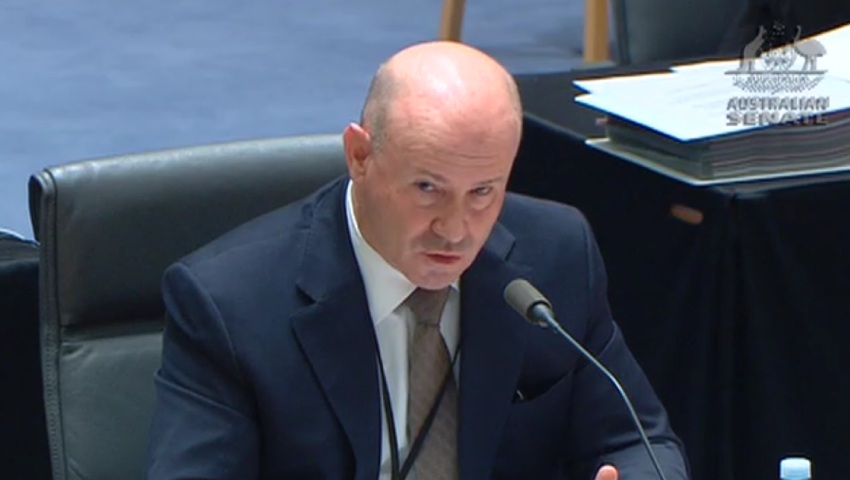An interim undersea warfare solution is not being pursued to fill a potential capability gap ahead of the delivery of Navy’s future nuclear-powered submarines, the Secretary of Defence has confirmed.
To continue reading the rest of this article, please log in.
Create free account to get unlimited news articles and more!
Representatives from the Commonwealth government and the Australian Defence Force have fronted the Senate foreign affairs, defence and trade legislation committee to discuss the nation’s nuclear-powered submarine procurement plan, announced as part of the new AUKUS alliance between Australia, the United Kingdom and the United States.
Appearing before the committee on Wednesday (27 October), Secretary of Defence Greg Moriarty, Chief of Navy Vice Admiral Michael Noonan, and Chief of Joint Capabilities Vice Admiral Jonathan Mead, were asked to shed light on the expected delivery timeline for the next-generation submarines, which will replace the ageing Collins Class fleet.
Labor Senator Penny Wong sought clarification regarding advice delivered to Prime Minister Scott Morrison, which suggested the new fleet would hit initial operating capability (IOC) before the end of the next decade.
In response, VADM Mead confirmed he expected at least one nuclear-powered submarine to be operational before 2040 under the “worst case scenario”.
“For the information that we have at hand, we are confident that we'll have a boat in the water by the end of the next decade,” he said.
“But the work that we need to do with the US and the UK over the next 18 months is to drive that timeline as far left as possible.”
According to VVADM Mead, the new submarines could achieve IOC earlier than expected under the former Attack Class project, given designs for the UK’s Astute Class or the US’ Virginia Class submarines are already established.
“One of the risk mitigants is that the designs we're looking at are mature designs, in-production designs, with countries that have great experience with nuclear-powered submarines,” VADM Mead noted.
“…I am driving hard to work with the US and the UK to get this first submarine delivered as soon as possible.
“That is an absolute priority for me.”
This comes weeks after the Chief of Navy told a separate parliamentary committee that the Collins Class fleet could remain in service into the 2050s.
In his latest appearance before Parliament, VADM Noonan said the existing fleet could be subject to further life-of-type extensions (LOTE) “if needed”.
“That would be dependent on the work and the rate of effort that the submarines undertake over the next 20 years,” he qualified.
But despite uncertainty over the transition, Defence is not considering an undersea stop-gap solution to fill potential capability gaps and reduce dependence on the ageing Collins Class vessels.
Secretary of Defence Greg Moriarty said the government would focus on enhancing capability across all warfighting domains.
“The department is looking to identify further additional non-submarine capabilities to provide us with range of capabilities including offensive strike, long-range strike, offensive cyber …” he said.
“All of these things are contributing to increasing the lethality of the ADF.”
Secretary Moriarty also ruled out a nuclear submarine leasing arrangement with the US or the UK but said Defence would consider ramping up joint-military activities.
“[What]we are going to do over the next 18 months is work with our partners to identify how soon we can get an Australian boat,” he said.
“We will, of course, be talking to them about how we can look at other options – additional visits by US and UK boats to the area, increasing co-crewing we do on US and UK boats.”
The Commonwealth government’s Nuclear-Powered Submarine Task Force has opened consultation with stakeholders in the US and UK.
The group’s considerations are expected to include requirements for design, construction, maintenance, infrastructure, industry capacity, nuclear safety, environmental protection, crewing and training.
The Task Force will also advise on building timeframes, costs and supply needs.
[Related: Dutton dismisses subs obsolescence claims]

 Login
Login







